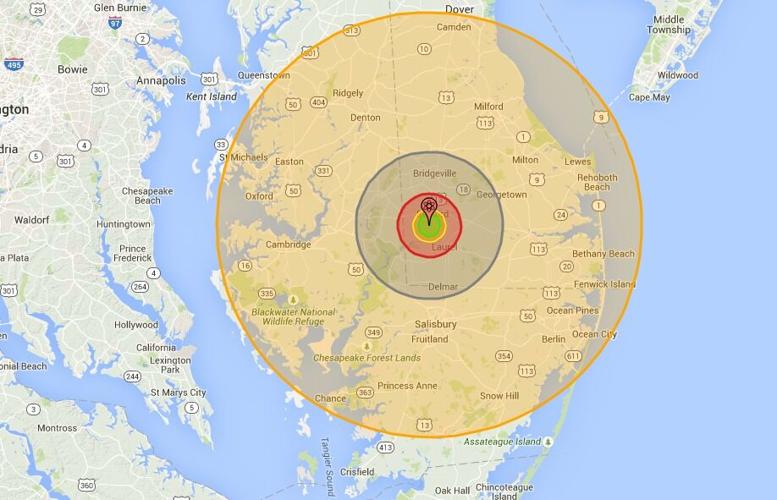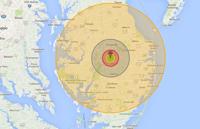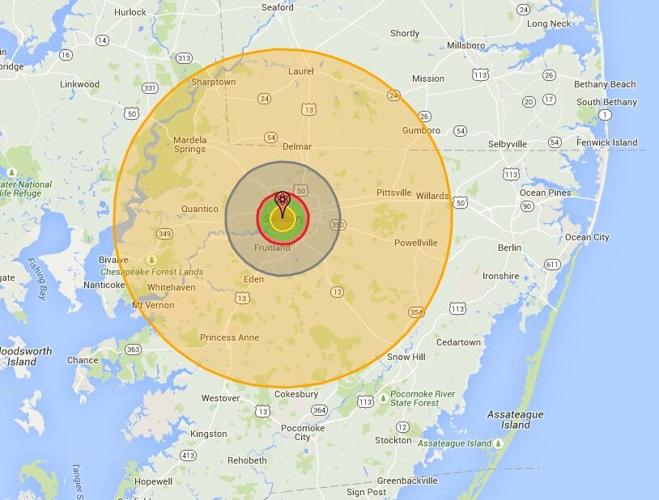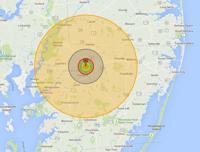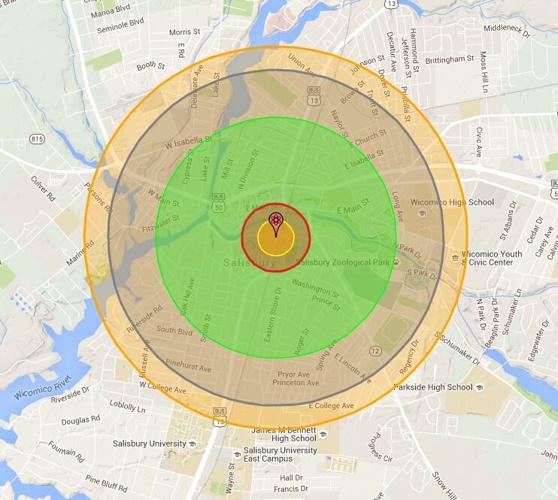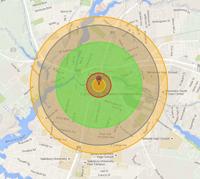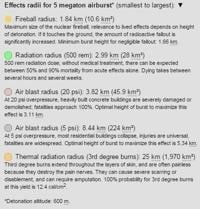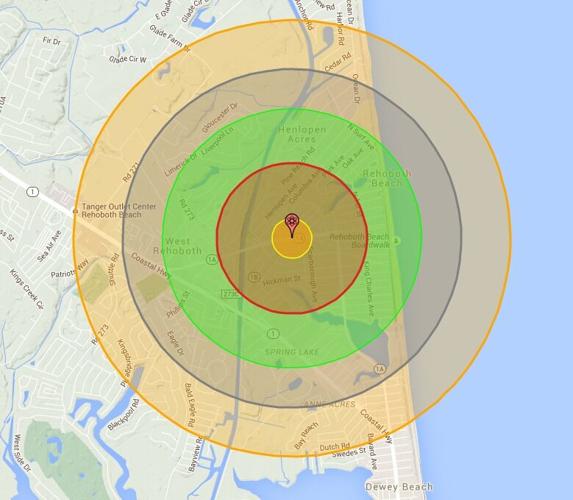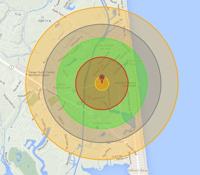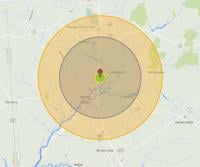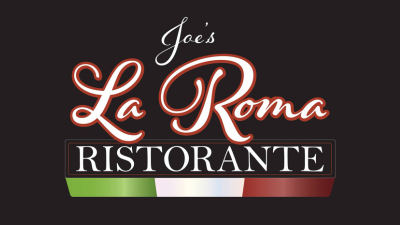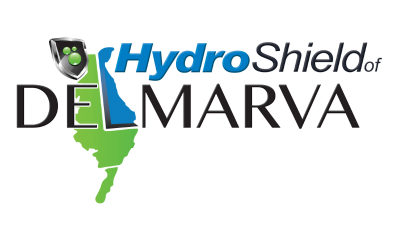Seventy years ago this month the United States dropped atomic bombs on the Japanese cities of Hiroshima and Nagasaki. The two bombings killed more than 129,000 people.
The first atomic bomb, named Little Boy, was dropped on Hiroshima on Aug. 6, 1945 and the second atomic bomb, named Fat Man, was dropped on the city of Nagasaki on Aug. 9, 1945. Little Boy exploded 2,000 ft. above Hiroshima destroying five square miles of the city.
According to the Atomic Heritage Foundation, an explosive nuclear chain reaction occurs when a sufficient quantity of nuclear fuel, such as uranium or plutonium, is brought together to form a critical mass. Check out the specs for the two atomic bombs dropped in Japan:
Little Boy
- Gun-type device
- Weight: 9,700 lbs.
- Length: 10 ft.
- Explosive force: 15,000 tons of TNT equivalent
- Delivery: B-29 Enola Gay
Fat Man
- Plutonium, implosion-type bomb
- Weight: 10,800 lbs.
- Length: 10 ft., 8 in.
- Explosive force: 21,000 tons of TNT equivalent
- Delivery: B-29 Bockscar
Half the deaths occurred on the first day of the bombings and months after, many people died from the effect of burns, radiation sickness, malnutrition, and other injuries. On Aug. 15, 1945, Japan announced its surrender and World War II was over.
Alex Wellerstein, a nuclear historian at the Stevens Institute of Technology, created a NukeMap that allows you to visualize what an atomic bomb explosion would look like in your hometown. Wellerstein created the NukeMap to show the possible damage an atomic bomb can do and how many people could be impacted by such event in today’s time.
Here is what Little Boy, the Hiroshima atomic bomb, would look like on Wellerstein’s map if it was detonated in Salisbury, Md. near Peninsula Regional Medical Center with an explanation of what the colors mean:

NUKEMAP PRMC

NUKEMAP key
Here is what Fat Man, the Nagasaki atomic bomb would look like Wellerstein’s map if detonated near Dogfish Head Brewery in Rehoboth Beach, Del.:

NUKEMAP Dogfish
Here is what a W-87, which is currently in the U.S. aresenal, would look like on Wellerstein’s map if detonated near the Wal-Mart in Seaford, Del.:

NUKEMAP walmart seaford
There are many features you can view on Wellerstein’s NukeMap. Casualties can be estimated, wind direction can be shown to see the distance radiation could affect people, and even multiple atomic bomb detonations can also be shown on the map. Check it out: http://nuclearsecrecy.com/nukemap/
Little Boy and Fat Man are the only nukes that have ever been used in war. Five nukes that you can choose from on the list for NukeMap are currently in the U.S. arsenal. Weapons technologies has evolved over the past 70 years and now we have smaller weapons that are just as destructive as the larger ones used many years ago. The NukeMap shows how horrific a nuclear war could be and how many people would be affected from such attack.

